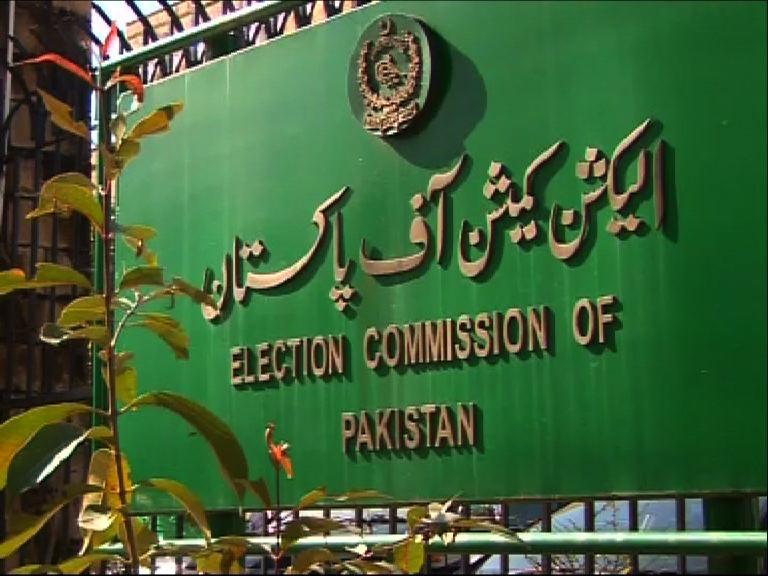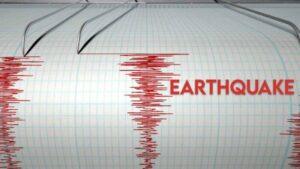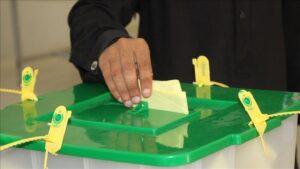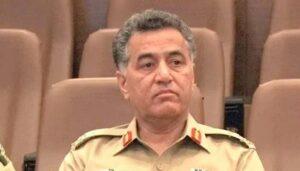Islamabad:
The Pakistan Electoral Commission (ECP) published on Thursday updated voters statistics, demonstrating that the total number of registered voters has reached 133,417,505 (133.42m) in the country.
As of March 6, 2025, the data highlights significant gender disparities, with 71,654,092 (71.65m) male voters (53.71%) and 61,763,413 (61.76m) female voters (46.29%), which subscribe the persistent gap in electoral participation.
Punjab remains the province with the largest number of registered voters, while Baluchistan shows the widest gender imbalance. The breakdowns in terms of the district also reveal large variations in voter registration trends throughout the country.
Punjab has the largest number of registered voters, representing 76,010,349 (76.01m). Of these, 40,467,887 (40.47m) are men (53.24%) and 35,542,462 (35.54 m) are women (46.76%), which reflects a gender gap of almost 7%.
Lahore has the largest number of voters recorded at 7,230,110 (7.23m), with 3,801,545 (3.80m) men (52.58%) and 3,428,565 (3.43m) females (47.42%).
Other populated districts include Faisalabad with 5,504,593 (5.50m) voters (53.44% men, 46.56% women) and Rawalpindi with 3,442,156 (3.44m) voters (51,33% men, 48.67% women).
Sindh has 27,981,501 (27.98 m) registered voters, which makes it the second largest province in terms of electoral force. Gender breakdown reveals 15,118,228 (15.12m) male voters (54.03%) and 12,863,273 (12.86m) female voters (45.97%).
Karachi’s districts have the greatest number of voters in Sindh. Karachi Central leads with 2,217,127 (2.22m) voters (53.60% men, 46.40% women), followed by Karachi East with 1,757,836 (1.76m) voters (53.00% men, 47.00% women) and Karachi Sout Women). Karachi West has 995,167 (0.99m) voters (57.39% men, 42.61% women).
KP has 22,675,553 (22.68m) registered voters, of which 12,330,460 (12.33m) are men (54.38%) and 10,345,093 (10.35m) are women (45.62%).
Several districts in KP continue to reflect significant gender disparity. Peshawar, the most populous district in the province, has 2,172,048 (2.17m) voters (55.09% men, 44.91% women).
Other main districts include Mardan with 1,589,366 (1.59m) voters (54.58% men, 45.42% women) and Abbottabad with 975,665 (0.98m) voters (52.49% men, 47.51% women).
The old tribal areas, now part of KP, also show a broader gender gap. Bajaur has 687,833 (0.69m) voters, with 55.00% men and 45.00% women, while the Khyber district has 662,960 (0.66m) voters (54.89% men, 45.11% feminine).
Baluchistan has 5,566,441 (5.57 m) voters, which makes it the province with the smallest electorate. However, it also records the broader gender gap, with 3,117,944 (3.12m) male voters (56.01%) and 2,448,497 (2.45m) female (43.99%).
Several districts in Baluchistan have a record of male voters above 60%. With 199,593 in total voters, Chaman has 64.74% of male voters and 35.26% of female voters, while Killa Abdullah records 63.32% male and 36.68% female, with a total of 171,269 voters.
Islamabad has 1,183,661 (1.18m) registered voters, with 619,573 (0.62m) men (52.34%) and 564,088 (0.56m) Women (47.66%), which makes it the region with the most balanced gender relationship.




